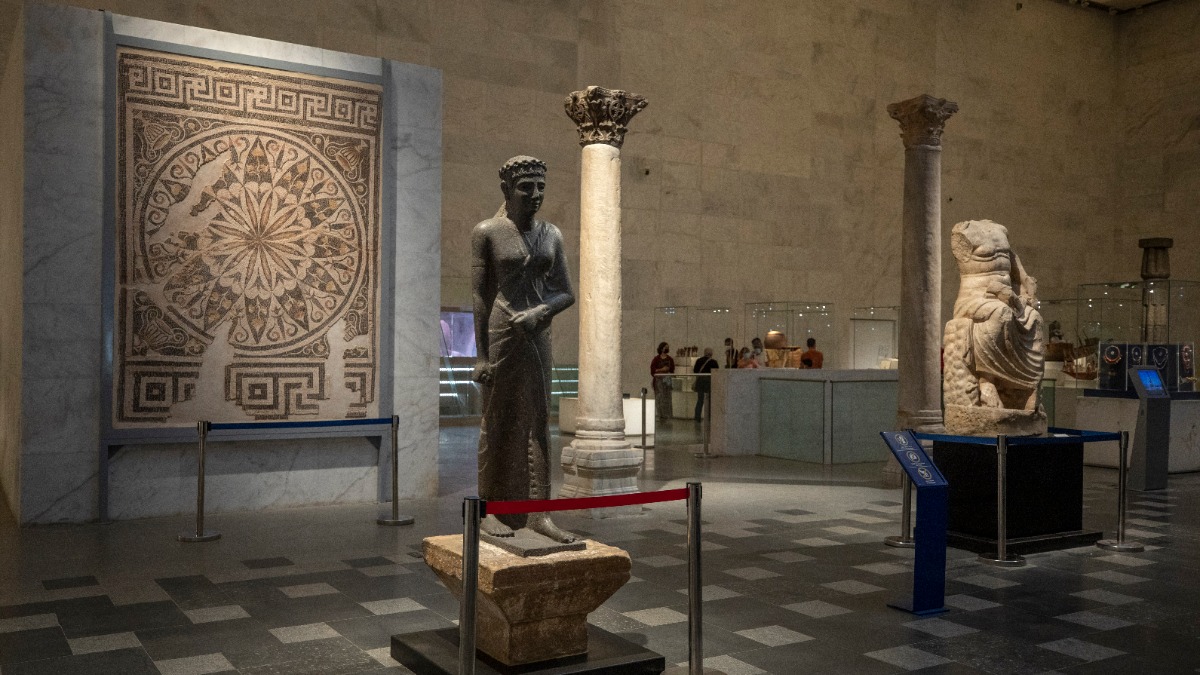Egypt is soon to officially open the world’s largest archaeological museum, whose construction took two decades. The museum is located on the plateau near the pyramids of Giza and will house hundreds of thousands of artifacts showcasing the development of the ancient Egyptian civilization. Special attention is given to the treasures from King Tutankhamun’s tomb. The architectural design resembles a fourth pyramid, and visitors will be able to see the reconstructed solar barque of the sun god Ra. The museum is expected to become one of the most visited tourist attractions in the region.
Political Perspectives:
Left: Left-leaning outlets emphasize the cultural and historical significance of the museum, highlighting its role in preserving ancient heritage and promoting education. They may also focus on the museum as a symbol of national pride and a boost to Egypt’s tourism industry, while advocating for accessibility and international cooperation in archaeology.
Center: Center-leaning sources report the facts about the museum’s opening, construction timeline, and its expected impact on tourism and cultural preservation. They provide balanced coverage, including architectural details and the significance of key exhibits like Tutankhamun’s treasures, without strong political framing.
Right: Right-leaning media might emphasize the museum as a symbol of Egypt’s strength and cultural legacy, possibly framing it as a nationalistic achievement. They may also highlight the economic benefits from increased tourism and the importance of protecting national heritage from foreign influence.














